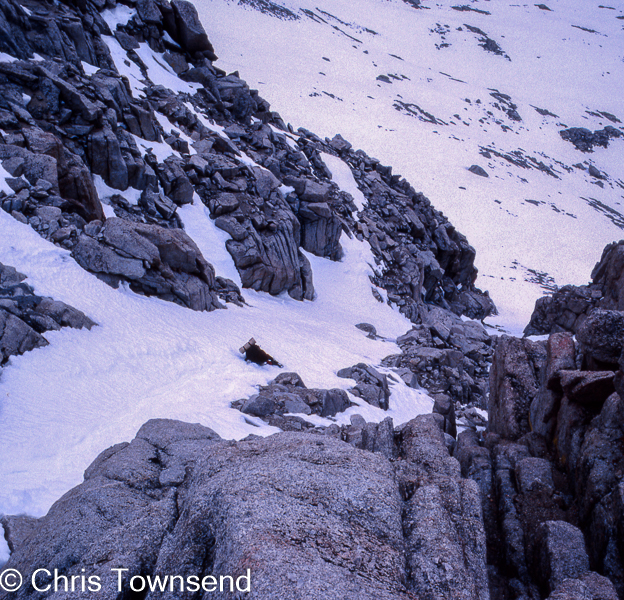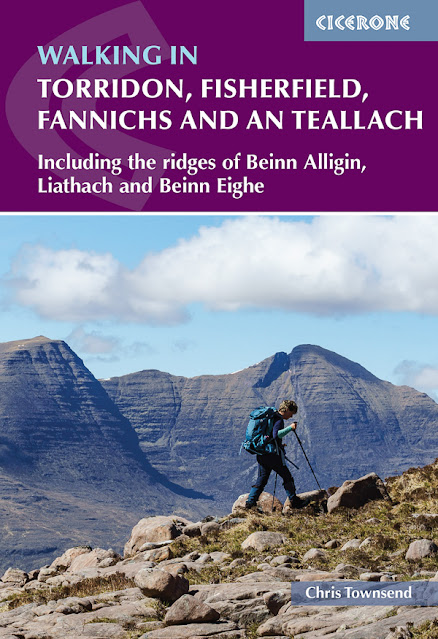Last year the follow-up to The Munro Phenomenon was published and The Munros A History is just as fascinating as the original book. In the twenty-six years since 1995 much has changed, including the numbers who’ve completed the Munros, up from a little over 1,000 to around 7,000. The Scottish Parliament has come into being, the first National Parks in Scotland have been created, there are legal access rights, hills lists have been updated and new ones produced, Munro records have been broken, there’s now a Munro Society.
Andrew Dempster includes all this and more in The Munros A History. It’s not an update of The Munro Phenomenon but a new book that goes far more deeply into the whole subject. The history of the lists (Munro’s was not the first), the first Munroists (I’m pleased to see so much attention given to the Rev ARG Burn, the first to complete the Munros and Tops), the post-war surge in Munro bagging, and continuous rounds and records (I’m mentioned here) are all covered. There’s also a look at the mass of Munro baggers who don’t do continuous rounds or run round the hills in record times with a consideration of why they do it.
Readers will also learn about the early map-makers, the first tourists, the 1930s working class outdoor revolution, the topography and topology of the Munros, and other hill lists like the Corbetts. The author, a two-time Munroist himself, describes some his favourite Munros in a chapter that really shows his deep love and attachment to the hills. A final chapter covers the crucial issues of conservation, re-wilding, and well-being.
I think this is a marvellous book (and not just because I have brief mention!). It contains a huge amount of research presented in an entertaining and readable style. The author isn’t afraid to give his own opinions either, which I always like even if I don’t necessarily agree with them. Whilst those who have climbed or are climbing the Munros are the obvious audience it should appeal to anyone interested in the Scottish hills and hillwalking. Highly recommended.
The Munros A History is published by Luath Press at £11.99 .









































